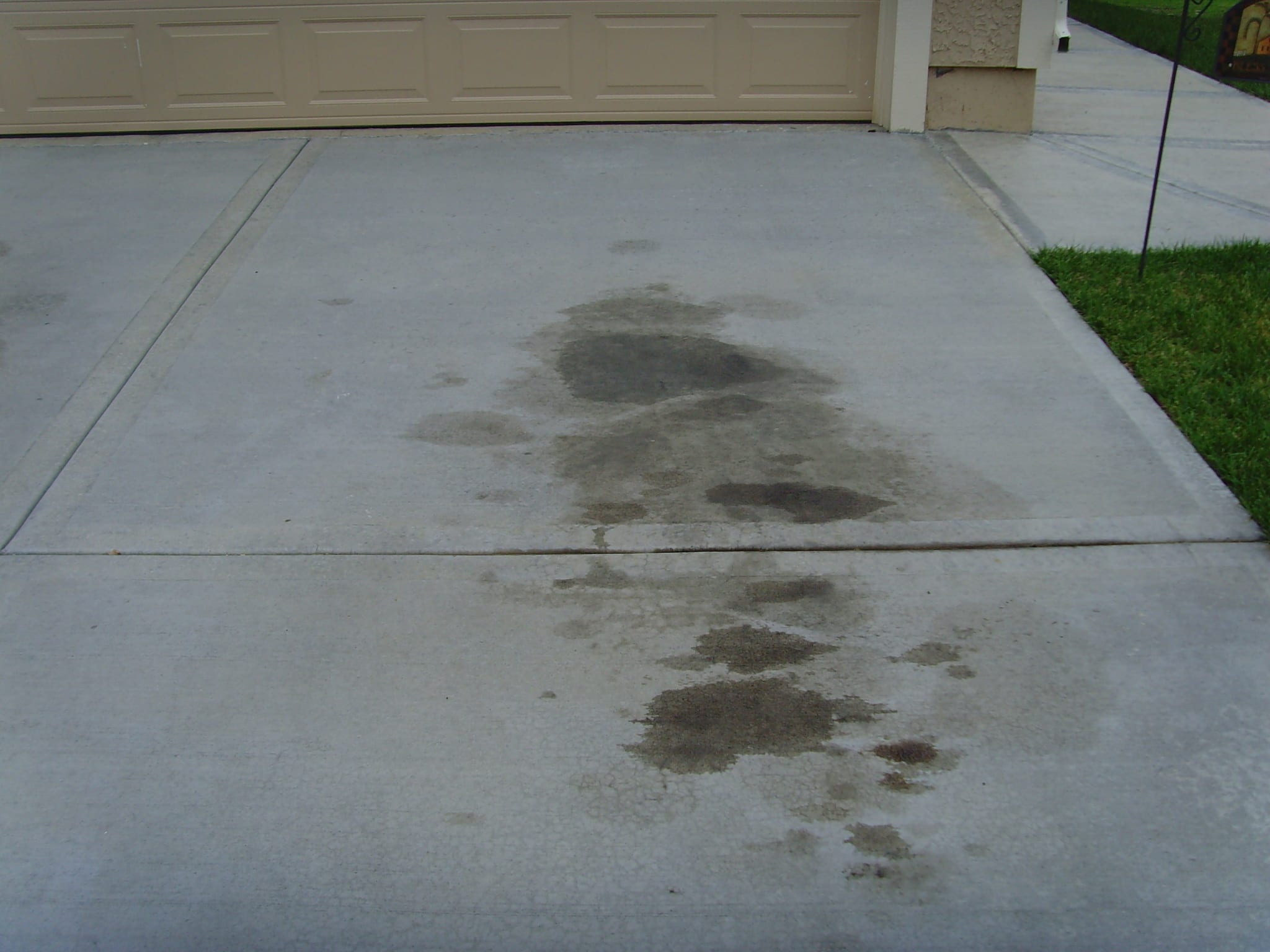
How to Get Oil Stains Out of Leather: A Comprehensive Guide
As a leather enthusiast, I know the frustration of getting oil stains on your beloved belongings. These persistent marks can ruin the appearance of your leather jacket, purse, or furniture. But fear not! With the right techniques and a little patience, you can remove these pesky stains effectively.
Before embarking on the stain removal process, it’s crucial to understand the type of leather you’re dealing with. Different leathers require different care methods. Test any cleaning solution on an inconspicuous area first to ensure it doesn’t damage the leather.
Identify the Type of Oil
The first step in removing an oil stain is to identify the type of oil that caused it. Common types of oil stains include:
- Vegetable oil
- Mineral oil
- Motor oil
Different types of oil require different cleaning methods, so accurate identification is essential.
Method for Vegetable or Mineral Oil Stains
Step 1: Blot Excess Oil
Use a clean, dry cloth to gently blot the oil stain. Avoid rubbing, as this could spread the stain further.
Step 2: Apply Cornstarch or Baking Soda
Sprinkle cornstarch or baking soda over the stain and let it sit for several hours. These substances absorb excess oil.
Step 3: Vacuum or Brush
Once the cornstarch or baking soda has absorbed the oil, vacuum or brush it away.
Step 4: Use a Leather Cleaner
Apply a leather cleaner specifically designed for the type of leather you’re dealing with. Wipe the stain gently with a soft cloth.
Step 5: Condition the Leather
After cleaning the stain, it’s important to condition the leather to restore its softness and prevent dryness.
Method for Motor Oil Stains
Motor oil stains can be more challenging to remove due to their synthetic composition. Here’s a modified approach:
Step 1: Blot Excess Oil
As with vegetable or mineral oil stains, blot the excess oil with a clean, dry cloth.
Step 2: Apply Dish Soap Solution
Mix a few drops of dish soap with warm water and apply it to the stain. Use a soft cloth to gently rub the solution into the stain.
Step 3: Rinse and Dry
Rinse the soapy area with a damp cloth and pat it dry with a clean towel.
Step 4: Apply Commercial Leather Cleaner
Apply a commercial leather cleaner specifically formulated for motor oil stains. Follow the instructions on the cleaner carefully.
Step 5: Condition the Leather
Condition the leather after cleaning to maintain its softness and prevent cracking.
Tips and Expert Advice
- Act quickly to remove fresh oil stains. The longer they sit, the harder they are to remove.
- Avoid using harsh chemicals or abrasive materials on leather.
- If you’re not confident in your ability to remove the stain yourself, consult a professional leather cleaner.
- Test any cleaning solution on an inconspicuous area first to ensure it doesn’t damage the leather.
Removing oil stains from leather can be a daunting task, but it’s certainly possible with the right techniques and a little patience. By following the steps outlined above, you can restore your leather belongings to their former glory.
FAQ
Q: Can I use water to remove oil stains from leather?
A: In general, it’s best to avoid using water on leather as it can damage the fibers. However, if the oil stain is fresh, you can try using a damp cloth to gently dab at the stain.
Q: How do I prevent oil stains from setting in leather?
A: The best way to prevent oil stains from setting in leather is to act quickly. Blot the excess oil with a clean, dry cloth and then apply a leather cleaner immediately.
Q: What should I do if the oil stain is large or deep?
A: If the oil stain is large or deep, it’s best to consult a professional leather cleaner. They have the expertise and equipment to remove even the most stubborn stains.
Conclusion
With the right techniques and a little patience, you can remove oil stains from leather effectively. Remember, it’s always best to test any cleaning solution on an inconspicuous area first to ensure it doesn’t damage the leather. If you encounter any difficulties or the stain is particularly large or deep, don’t hesitate to seek the assistance of a professional leather cleaner.
Are you interested in learning more about leather care and maintenance? Share your questions and comments below, and I’ll be happy to assist you.

Image: howtobuildit.org